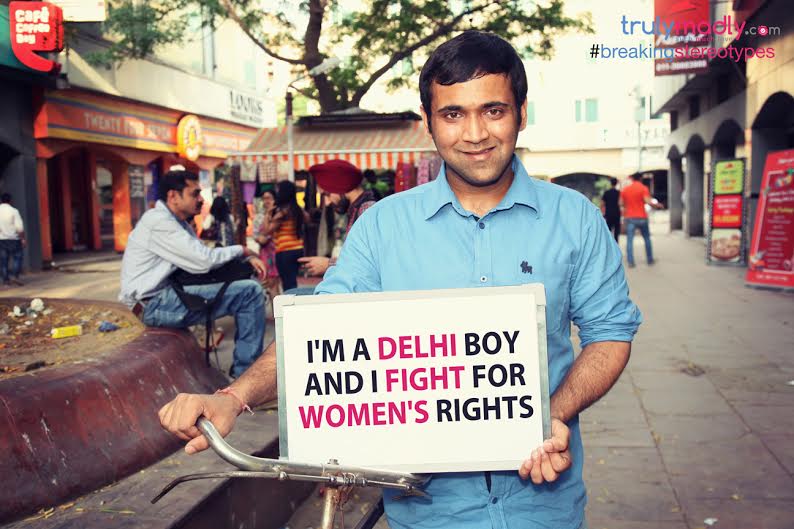Dress Codes At Religious Places: Personal Choice or Requirement?

Introduction
Recently the Madras High Court passed a verdict that from the year 2016, all temples should have a certain dress code for their devotees. From January 1, all men entering a temple in Tamil Nadu will have to either wear a dhoti and upper clothing or formal pant and shirts, while women have a choice between saree, half-saree, or salwar-kameez, and children are expected to wear any fully covered dress. Any kind of figure hugging or tight clothing is prohibited. This rule applies to all temples that fall under the Hindu Religious and Charitable Endowments(HR & CE) department, however, those temples that don’t, are expected to enforce the dress code as well.
Why Such A Verdict?
The dress code implemented by the Madras Court is nothing new, as many temples already have such a rule in place. However, in recent times, some temples had become lenient, allowing devotees to come in Western clothing as well. When asked why such a verdict was passed, justice S Vaidyanathan said that such an order was necessary, expressing concern over ‘improper clothing’ and to create a spiritual ambience in temples. Vaidyanathan further said that specific dress code would reduce the number of people visiting a temple, as those who won’t be following it would not be allowed inside.
Is A Dress Code Important?
It is a fact that many places require a certain way of dressing. For example, schools have uniforms for their students, offices require employees to dress in a formal way. However, as far as religious places are concerned, what matters most is a devotee’s faith in one’s religion, irrespective of whether he or she is wearing jeans or traditional clothing. This doesn’t mean, though, that one should wear clothes that are provocative or offend the religious sentiments of the place.
Where Do Women Stand In This Verdict?
While men have been permitted to wear pants and shirts, which is something that they wear on a daily basis, women are restricted to only sarees and salwar-kameez. Even a jeans and kurta is not permitted, though it is a modest form of clothing. Justice S Vaidyanathan went on to give the example of mosques, where women are expected to be covered from head to toe. This means that anything other than sarees and salwar-kameez is considered ‘improper’ and ‘indecent’, which is not right, as it restricts a woman’s choice of wearing what she wants to. It also enforces the notions of patriarchy as the people in authority who have laid down rules for dressing are men, and have dictated strict dress codes for women, while men have been granted flexibility, by allowing them to come in jeans.
Clothing Is A Personal Choice
While it is necessary to follow and promote one’s culture, it shouldn’t be imposed on people. Spiritual ambience in temples or any place of religious activity cannot be created by prescribing dress codes for devotees, but by enforcing faith and belief in them. Clothing is a matter of personal choice, and those who want to wear traditional clothing will wear it, irrespective of a law which tells them to do so. Therefore, rules that govern people’s way of dressing will not increase one’s faith in his or her religion, but only restrict one’s way of dressing.
[Image Attribute: Hafiz Issadeen]




